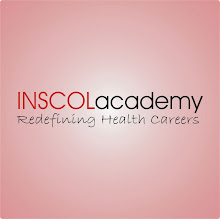Ms. Rita is a 15 year old female. She is
a known case of poor control of sugar level since one month without
regular medication. When patient was admitted to hospital her random
blood sugar =300mg/dl. She had no history of vomiting, breathlessness,
altered sensorium or bowel trouble. She had a history of weight loss. On
her initial examination she was calm, conscious and cooperative and
well oriented to time, place and person. Her BP was...












